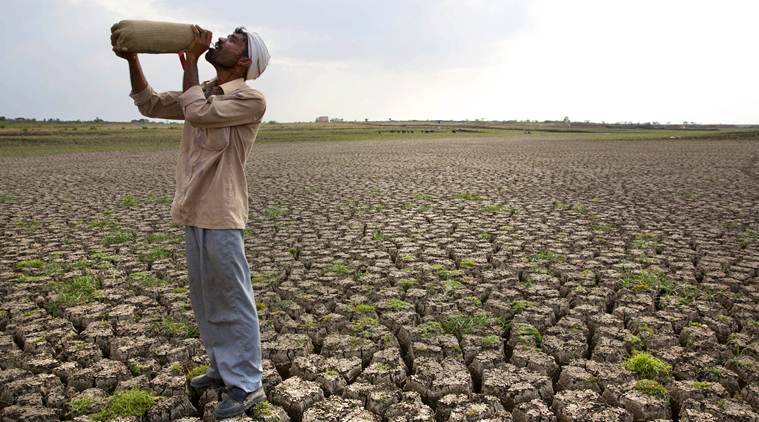A study by Council on Energy, Environment and Water (CEEW) found that the frequency, intensity, and unpredictability of extreme events have risen in recent decades in India.
India is highly exposed to natural disaster risks. According to a study released on Thursday by the Council on Energy, Environment and Water (CEEW), over 75 percent of districts in India are claimed to be hotspots of extreme climate events such as cyclones, floods, droughts, heat, and cold waves. It is also believed that the frequency, intensity, and unpredictability of these extreme events have also risen in recent decades.
These 75 percent of districts which are the hotspots of extreme climate events, holds a population of more than 63.8 crore people. This recent study comes out to be interesting and important because it is the first time that extreme weather event hotspots in the country have been mapped.
Since 2005, there has been an unusual spike in the number of occurrences of natural disasters, and these districts are bearing the effects of changing microclimate with loss of property, livelihoods, and lives. Hinting at the degrading environmental conditions, the study pointed out that India witnessed 250 extreme climate events in 35 years between 1970 and 2005, and recorded 310 extreme weather events after 2005.
Just after the United Nations Environment Programme’s Emissions Gap Report 2020 released on Wednesday warned that the world was heading for a temperature rise of over 3 degree C this century, the Council on Energy, Environment and Water (CEEW) released its study that highlighted that even with a 0.6 degree C rise in temperature over the past century, India is facing devastating consequences.
Frequency of floods in India:
In the last 50 years, the frequency of flood events increased almost eight times. While, events associated with floods such as landslides, heavy rainfall, hailstorms, thunderstorms, and cloudbursts increased by over 20 times. This clearly indicated that the frequency of floods surged significantly over the last two decades.
The study also revealed that there has been a seven-fold increase in the frequency of extreme floods in Maharashtra in the last 50 years. The study also stated that Mumbai alone has witnessed a three-fold increase in the frequency of extreme flood events over the span of the last 50 years.
In 2019, India witnessed 16 extreme flood events, which affected 151 districts. It is believed that over 9.7 crore people are currently exposed to extreme floods in India. After 2000, there has also been a rise in urban floods due to flawed urban planning, encroachments on wetlands, and deforestation.
Drought-affected areas in India:
The study pointed out that the yearly average of drought-affected districts increased 13 times after 2005 in India. There are around 68 percent of the districts that have faced droughts and drought-like situations. It is also estimated that until 2005, the number of districts affected by drought was six, but after 2005 this figure rose to 79.
Interesting trends:
An interesting trend that the study has highlighted is swapping of the nature of extreme events in some districts. Several traditionally flood-prone districts such as Cuttack, Guntur, Kurnool, Mahbubnagar, Nalgonda, Paschim Champaran, and Srikakulum are becoming drought-prone in recent years. Coastal southern Indian states such as Andhra Pradesh, Tamil Nadu, and Karnataka are increasingly witnessing more droughts. Further, floods and droughts coincide during the same season in several districts of Bihar, Uttar Pradesh, Odisha, and Tamil Nadu.
The study also found a shift in the pattern of extreme climate events such as flood-prone areas becoming drought-prone and vice-versa in over 40 percent of Indian districts.
Microclimatic changes across the Indian subcontinent are triggered by local climate change catalysts such as land-use-surface change, deforestation, encroachments upon mangroves, and wetlands have been cited as the primary reasons for occurrences of natural disasters.
Witnessing all these climate changes, the study recommended certain key points to tackle the climate change menace in India. The recommendations involved developing a climate risk atlas to map vulnerable areas, designing an integrated system to facilitate systematic response to emergencies, and investing in ideas promoting climate-proof lives and livelihoods.

